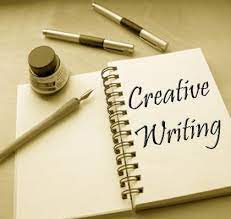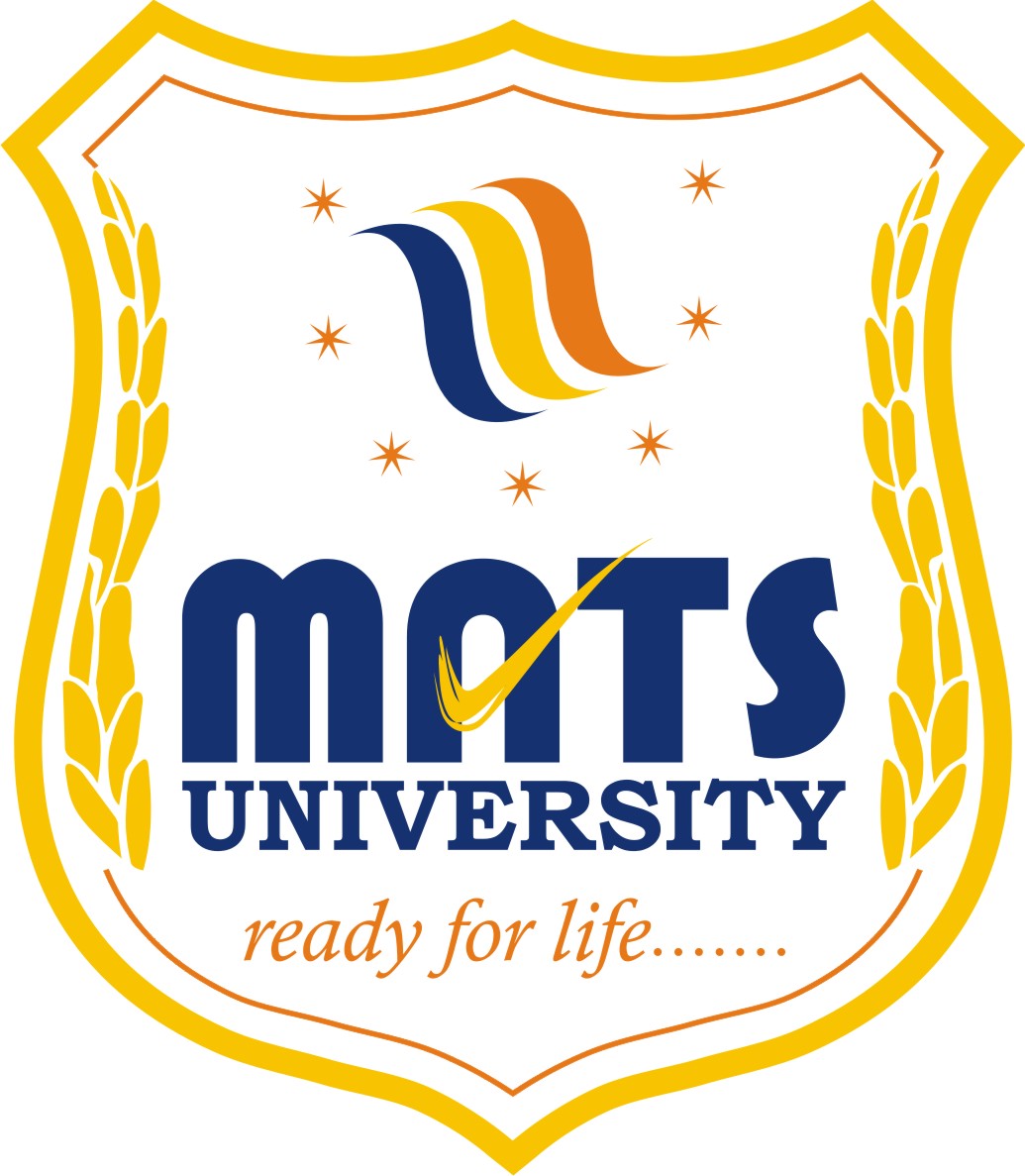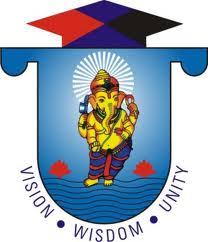Creative Writing Course Admission 2024-25 Shikshaglobe

Creative Writing Course
About this Specialization
This Specialization covers rudiments of three major creative jotting stripes short story, narrative essay, and bio. You'll master the ways that good pens use to compose a bracing story, peopled with memorable characters in an intriguing setting, written in a fresh descriptive style. You'll dissect and constructively estimate peer jotting. In the Capstone, you'll draft, rewrite, and complete a substantial original story in the kidney of your picking. Our courses are designed for anyone from the aspiring short story pen to established novelist. Whether you have a finished new sitting on your office calling for a fresh look or have had the origin of an idea for a decade, this Specialization gives you tools to achieve your thing. Through 4 courses concentrated on a crucial aspect of jotting, and taken in any order you choose, you'll develop a stronger capability to not only upgrade your jotting, but notice jotting in general and find alleviation in the workshop you're formerly reading.Thanks to our guarantors, upon completion of their first assignment, learners in each course will admit up to an 80 reduction from Write- Bros and a 30 reduction off their first purchase from Scrivener to use on their jotting software. also, learners who complete an assignment will admit 30 off class at the online jotting community Scribophile. For further information about our mates, see the FAQ below.
Learn more: Super Professional Course of Fine Art
What's creative jotting?
As the name suggests, creative jotting is a form of writing that goes beyond the traditional realms of normal, professional, academic or specialized forms of jotting.rather, it encompasses a number of different stripes and styles across a whole range of fields of both fictional andnon-fiction jotting; liar, playwriting, poetry, prose, journalistic, and more. Though the description can be relatively vague, creative jotting can, for the utmost part, be considered as any type of writing that's original and suggestive of oneself. generally, it can be linked by an emphasis on narrative craft, fastening on rudiments similar as character development, narrative and plot, investing its structure with imagination, invention and story. In this sense, creative jotting can technically be considered any jotting of contemporary, original composition – it’s bound by no standard conventions and uses a whole range of rudiments in its craft.n an academic setting, creative jotting is generally divided into fabrication, poetry, or scriptwriting classes, with a focus on writing in an original style, not defined bypre-existing structures and stripes.
The Importance of Creative Writing Course in Today's
World
Creative writing courses have become more relevant than ever
before. In an era of digital communication and social media, the power of words
is amplified. The ability to captivate readers and convey ideas effectively is
a skill sought after in almost every field. A well-crafted piece of writing can
influence opinions, inspire change, and even create lasting memories. With a
creative writing course, individuals can harness the potential of words and explore
their imaginative faculties.
Exploring Different Types of Creative Writing Course
Creative writing courses encompass a wide range of styles
and formats. From poetry and fiction to screenwriting and non-fiction, there
are numerous avenues to explore. These courses provide an opportunity for
aspiring writers to experiment with different genres and discover their
strengths and passions. Whether one prefers to weave stories or analyze
real-world issues, there's a creative writing course tailored to suit every
inclination.
Benefits of Pursuing Creative Writing Course
The benefits of enrolling in a creative writing course go beyond just honing writing skills. Such courses encourage critical thinking, foster creativity, and nurture self-expression. They provide a platform to receive constructive feedback from experienced instructors and peers, enabling constant growth and improvement. Additionally, creative writing courses often cultivate a supportive community of like-minded individuals, fostering networking and collaboration opportunities.
Continue Reading: Advance Diploma in Music and Singing
How Creative Writing Course Enhance Professional
Development
Even for those not pursuing a career solely in writing, a
creative writing course can significantly enhance professional development.
Effective communication is a cornerstone of success in any profession, and
these courses instill the art of articulating ideas in a compelling manner. The
ability to create engaging content is particularly valuable in marketing,
advertising, public relations, and other creative industries.
The Role of Creative Writing Course in Career Advancement
For aspiring writers, a creative writing course can serve as
a stepping stone towards a successful career. The course equips individuals
with the necessary tools to draft polished manuscripts, query agents, and
navigate the publishing world. Moreover, it provides insights into the evolving
literary landscape and the changing preferences of readers, enabling writers to
stay relevant and adapt their craft accordingly.
Choosing the Right Education Course for Your Goals
With a plethora of creative writing courses available,
selecting the one that aligns with your goals is crucial. It's essential to
consider factors such as course curriculum, faculty expertise, class size, and
flexibility. Whether you opt for a short-term online course or a comprehensive
in-person program, ensuring the course meets your aspirations is paramount.
Online vs. Traditional Creative Writing Course: Pros and
Cons
The advent of online education has revolutionized the accessibility of creative writing courses. Virtual classrooms offer convenience and flexibility, allowing individuals to learn from anywhere in the world. On the other hand, traditional in-person courses provide a more immersive experience and opportunities for face-to-face interactions. Each format has its pros and cons, and choosing the right one depends on individual preferences and learning styles.
Explore More: Post Graduate Diploma in Music
The Future of Creative Writing Course: Trends and
Innovations
As technology continues to reshape education, creative
writing courses are also evolving. The integration of artificial intelligence
and data analytics is revolutionizing the way students receive feedback on
their writing. Virtual reality and augmented reality are opening new frontiers
for immersive storytelling. Embracing these trends and innovations ensures that
creative writing courses remain relevant and engaging for future generations of
aspiring writers.
The Impact of Creative Writing Course on Student Success
Numerous success stories abound, illustrating the
transformative impact of creative writing courses on students' lives. Many have
found their voice, overcome writer's block, and even published bestsellers
after completing such courses. Beyond tangible achievements, these courses
often instill confidence, self-belief, and a sense of accomplishment,
empowering individuals to pursue their creative passions fearlessly.
Addressing the Challenges of Creative Writing Course and
Finding Solutions
Like any educational endeavor, creative writing courses come
with challenges. Some aspiring writers may face self-doubt, difficulty in
finding inspiration, or balancing their writing pursuits with other
responsibilities. Recognizing and addressing these challenges through dedicated
support systems, mentorship, and creative exercises can lead to more fulfilling
learning experiences.
Understanding the Pedagogy and Methodology of Creative
Writing Course
The pedagogy of creative writing courses varies, with
instructors adopting diverse methodologies to inspire creativity in their
students. From writing prompts and group workshops to individual critiques,
each approach contributes to a comprehensive learning experience. Understanding
these teaching methodologies helps students choose courses that align with
their preferred learning style.
The Global Perspective: Creative Writing Course Around
the World
Creative writing courses are not limited by geographical
boundaries. They thrive in various cultures, each contributing unique
perspectives to storytelling. Exploring how different societies approach
creative writing enhances cross-cultural understanding and enriches the global
literary landscape.
Creative Writing Course for Lifelong Learning and
Personal Growth
The pursuit of creative writing is not confined to age or academic qualifications. Many individuals embark on creative writing courses as part of their lifelong learning journey or to explore a new hobby. Engaging in creative expression fosters personal growth, mindfulness, and emotional well-being.
Read Also: Gandharva Ved-Indian Classical Music Course
Funding and Scholarships for Creative Writing Course
Access to quality education should be equitable for all
aspiring writers. Various institutions, organizations, and government bodies
offer funding and scholarships to support individuals with a passion for
creative writing. Exploring these opportunities can make creative writing
courses more accessible and inclusive.
Case Studies: Success Stories from Education Course
Graduates
The real impact of creative writing courses is best
exemplified through success stories. Case studies of individuals who have realized
their dreams and achieved recognition after completing creative writing courses
serve as inspiration for aspiring writers. These narratives showcase the
potential of these courses to transform lives and careers.
What are the different types of creative jotting?
Creative jotting comes in numerous forms, encompassing a number of stripes and styles. There are lots of different types of creative jotting, which can be categorised as fabrication ornon-fiction. Some of the most popular being
What makes a good piece of creative jotting?
First and foremost, it’s important to note that there's nopre-defined description of what it means to produce a ‘ good ’ piece of creative jotting. As the very name suggests, creative jotting is an imaginative process, created by the individual with all their tricks and personalities. Creative jotting does n’t fit one set kidney and thus there will noway be an marquee description to describe the ‘ perfect ’ piece. Just suppose about a Gothic short story and also compare it to the features of a great Romantic lyric – the two are so veritably different – it would n’t be illegal to judge them together. still, with that being said, there are a many general principles that you can follow to make your creative jotting as strong as it can be – by making it as authentic and true to you as possible
What are some ways used in creative jotting?
To make their jotting stand out, pens frequently employ several creative jotting ways and erudite bias, including Character development – The process of creating a well- rounded, realistic character with depth, personality, and clear pretensions or provocations. Plot development – The story of your piece of jotting – how it develops, unfolds, and moves along in time. Point of view – The perspective from which a narrative is told. It indicates who's telling the story and how the information is conveyed to the anthology. relatively frequently pens will play with the point of view of the central character or promoter to trick the anthology and twist their perspective.
Know More: Direction Course Admission
How to start creative jotting
still, read some of our tips below on how to start creative jotting If you ’re interested in getting those creative authorities flowing and perfecting your jotting craft.Read as important as you can – For creative pens, alleviation comes from a whole range of sources, but utmost generally, from other pens. There’s some excellent exemplifications of creative jotting throughout history that all pens should be inspired by. Read a variety of stripes by different authors to get a real sense for what type of writing you may want to do. Need some alleviation? Check out our blog
Poetry
Poetry can be hard to define because as a kidney, it’s so open- ended. A lyric does n’t have to be any specific length. It does n’t have to agree. There are numerous different kinds of runes from societies each over the world, like sonnets, haikus, sestinas, blank verse, limericks, and free verse. The rules of poetry are generally flexible... unless you ’re writing a specific type of lyric, like a haiku, that has specific rules around the number of lines or structure. But while a lyric is n’t needed to conform to a specific length or formatting, or use perfect alphabet, it does need to elicit its anthology’s feelings, come from a specific point of view, and express a theme. And when you set a lyric to music, you ’ve got a song.
Plays, TV scripts, and scenarios
Plays are meant to be performed on stage. Scenarios are meant to be made into flicks, and television scripts are meant to be made into TV programs. Scripts for vids produced for other platforms fit into this order as well. Plays, TV scripts, and scenarios have a lot in common with novels and short stories. They tell stories that elicit emotion and express themes. The difference is that they ’re meant to be performed rather than read and as similar, they tend to calculate much more on dialogue because they do n’t have the luxury of lengthy descriptive passages. But scriptwriters have further than just dialogue to work with; writing a play or script also involves jotting stage or scene directions. Each type of script has its own specific formatting conditions.
Creative nonfiction
Creative nonfiction covers all the kinds of creative jotting that are n’t fabrication. Then are some exemplifications particular essays A particular essay is a true story told through a narrative frame. frequently, remembrances of events are interspersed with perceptivity about those events and your particular interpretations and passions about them in this kind of essay. Literary journalism Think of erudite journalism as journalism enhanced by creative jotting ways. These are the kinds of stories frequently published in outlets like The New Yorker and Salon. Literary journalism pieces report on factual events but do so in a way that makes them feel like particular essays and short stories.











